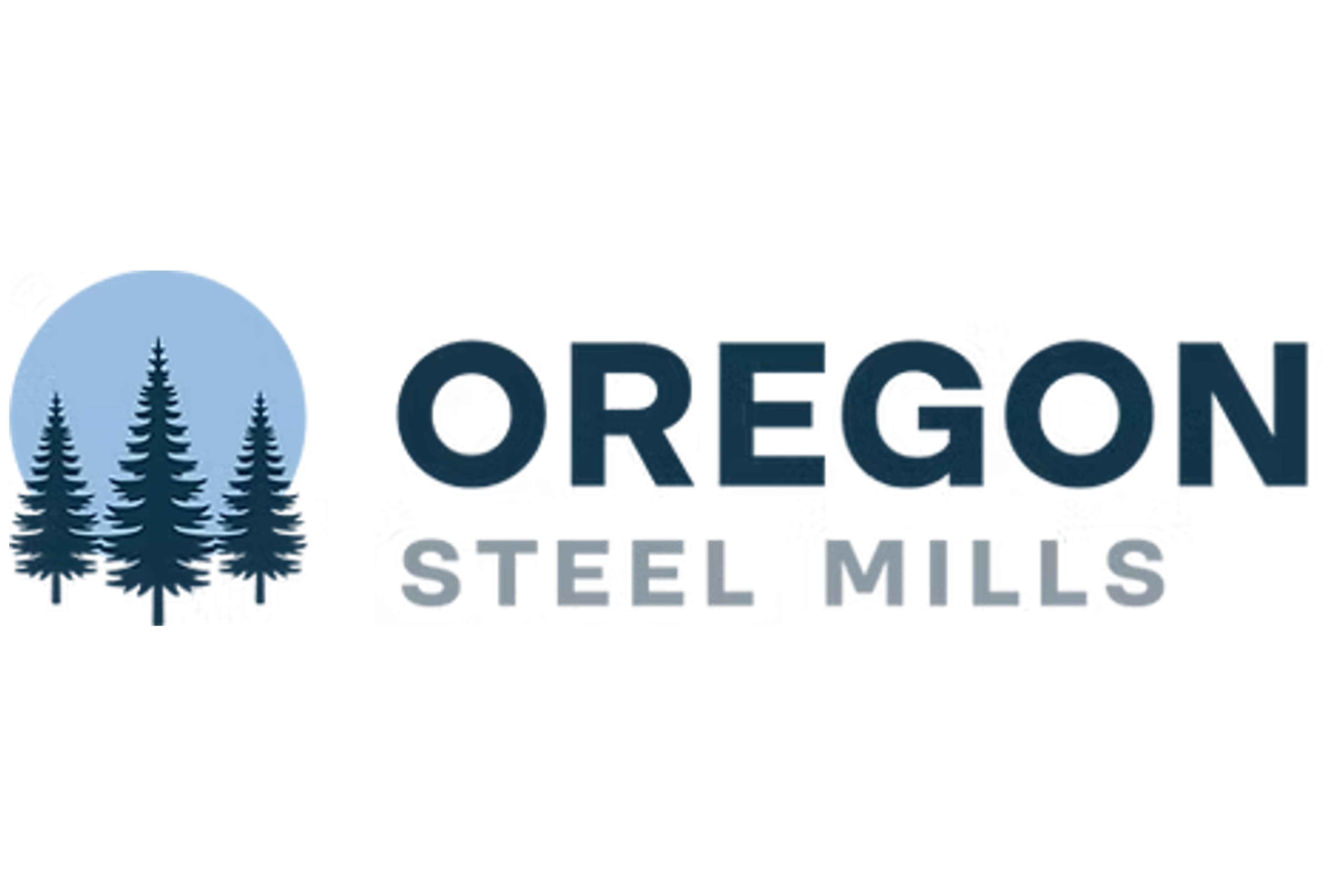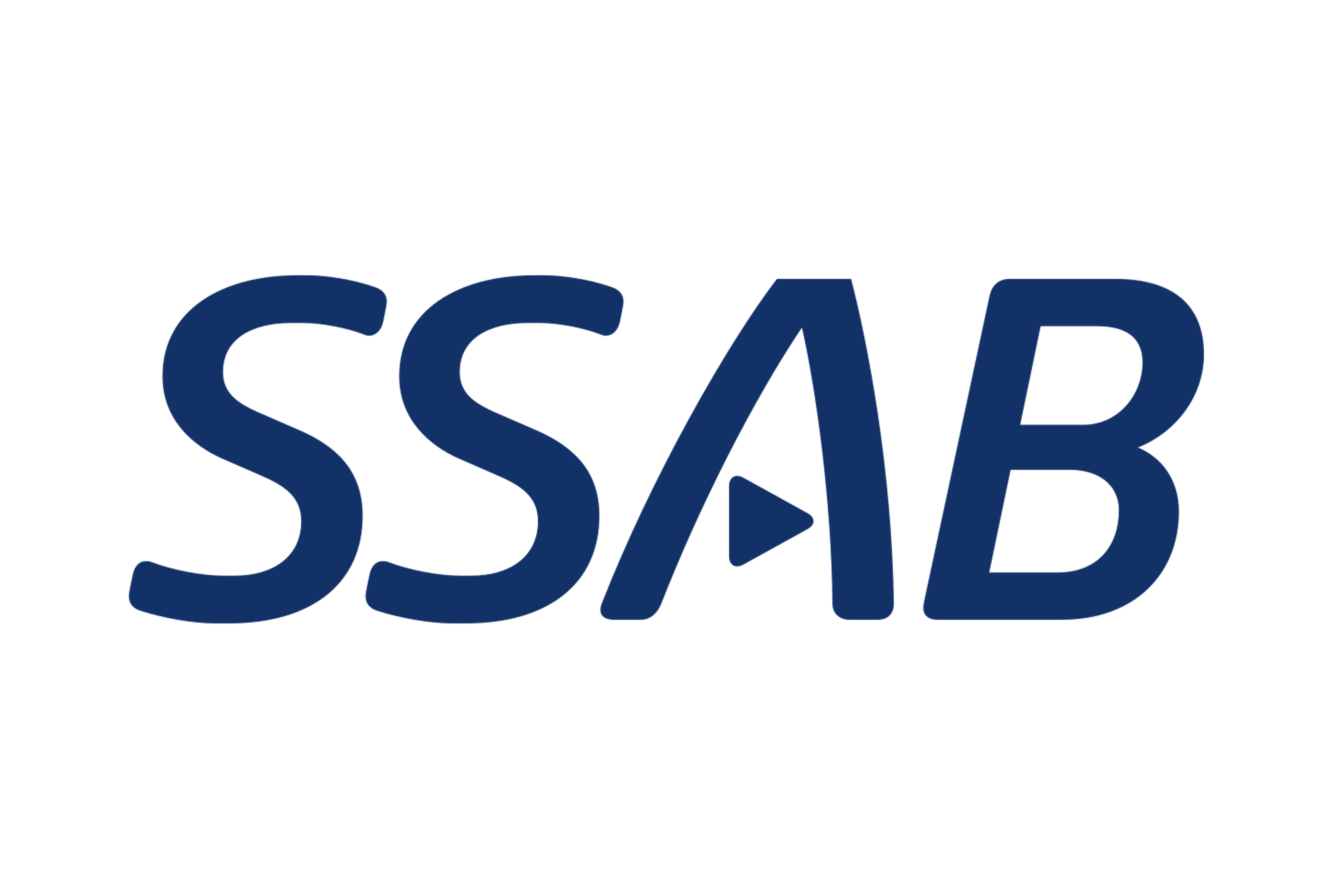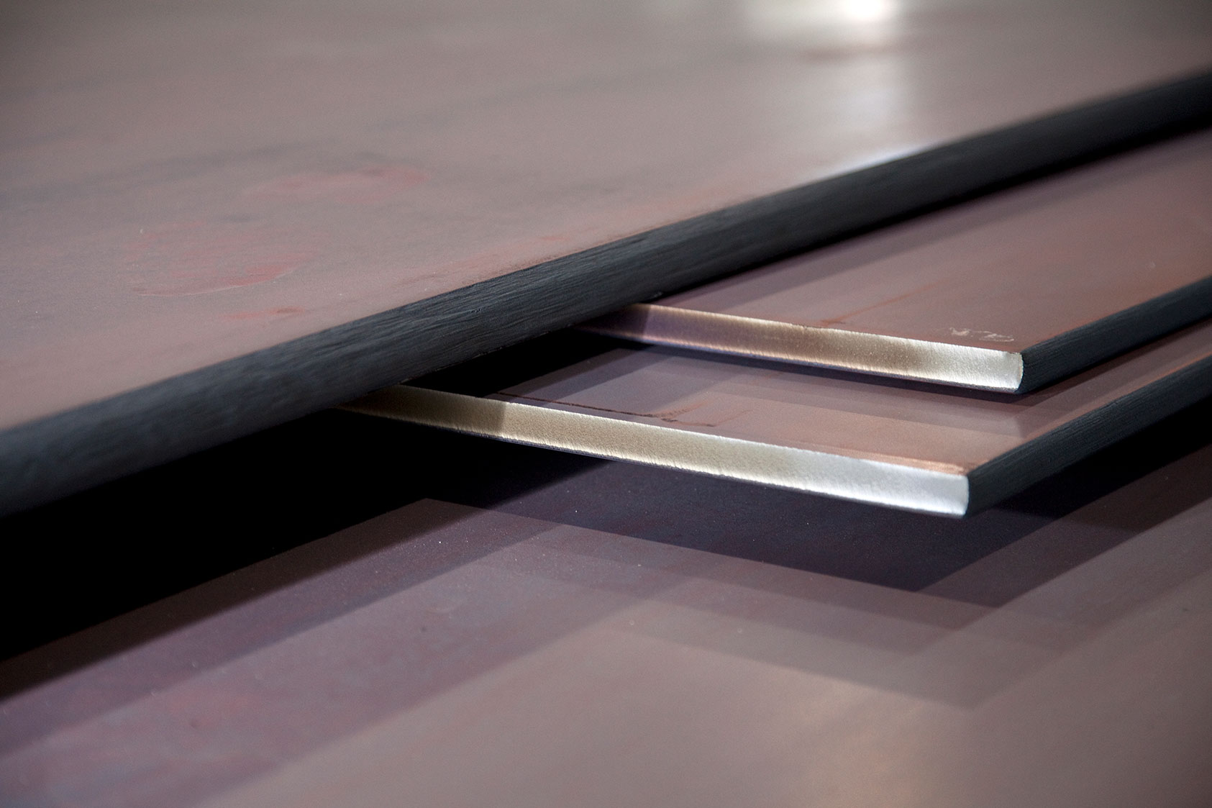Prices
April 2, 2023
SMU Spotlight: CRU Principal Analyst Josh Spoores
Written by Becca Moczygemba
You may have wondered what goes on behind the scenes over here at CRU and Steel Market Update. CRU principal analyst Josh Spoores will talk about what goes into forecasts as well as his take on the latest market trends at the next SMU Community Chat on Wednesday, April 5, at 11 am ET. (You can register here.) Ahead of his time in the actual spotlight, we sat down with him to see if he’d share some secrets.
 A lightly edited text of the interview is below.
A lightly edited text of the interview is below.
Steel Market Update: You’ve been with CRU for just over ten years. Have you always been an analyst?
Josh Spoores: For most of that time, I was editor of CRU’s Steel Sheet Monitor and Steel Sheet Market Outlook. I forecasted prices, demand, production, and trade of sheet and plate products for both Canada and the US. Today, my role has shifted, and I’m a member of CRU’s Steel management team.
SMU: What does the principal analyst do?
JS: I’m a bit like a player/coach. I head up the steel market analysis and forecasting for CRU’s wider Americas region. But I also work with clients that range in size from small, local manufacturers to the very top names of the Fortune 500.
SMU: How did you become a steel analyst?
JS: I’ve been in the industry for about 18 years now, and it’s something that just kind of evolved. I’ve always been interested in economics and commodities. This is where economics and commodities and market cycles kind of converge.
SMU: What are the hardest and easiest parts of your job?
JS: We have a lot of really good data, so compiling it and putting it together and presenting it is pretty easy. The hardest part is probably speaking to people in the market and understanding the peripheral information they’re telling you. It’s understanding what they’re really saying, what the market is doing, and trying to decipher it all.
SMU: How have you evolved throughout your career? What’s been your biggest accomplishment?
JS: I spent six years at a service center, then spent some time working at a mill, and now ten and a half years here at CRU, so I’ve gotten really different viewpoints. It’s a never-ending journey of learning from different perspectives.
SMU: How can organizations include CRU data in their day-to-day operation?
JS: I think the best way to look at it is from our outlook products. A lot of our customers take a consensus view and overlay their own expectations. They can use the information in their strategic planning, but they also get the benefit of speaking with our analysts. We have the monthly monitors to understand what prices are in the market and in a variety of regions. We have a new product called DataLab, which can give them really good access to all of our data and prices, and it can go directly into their system. The data can be incorporated pretty easily that way. But it’s a combination of the daily information from Steel Market Update, the monthly information from CRU, and then the quarterly supply-demand outlook data. Our pricing is pretty significant as well. The last time we did research, 94% of people using variable-price contracts priced them based on CRU’s price. Any time you listen to or read mill earnings, service center earnings, or sometimes some of the auto companies, you will see when they reference steel prices, they only reference CRU.
SMU: And how does the information from CRU differ from the information from Steel Market Update?
JS: I would say that CRU data is all primary research. We break it down by product, and there are products other than steel. Bringing it down to a specific level helps better understand what demand looks like by product.
SMU: You deal with a lot of data on a daily basis. How do you decompress?
JS: In good weather, it’s mountain biking. Which is great because it’s a high cardio activity that just shuts off blood flow to your brain, and it’s like forced meditation. You can’t think because you’re too focused on everything. I also spend time with the family, walk the dog, everyday life stuff.
SMU: Over your years as an analyst, when have you seen the most drastic swings in the market?
JS: The last few years have been incredible. We’ve not seen swings like that before. It’s really that factor of how big of a disruption the pandemic and everyone’s reaction to it was. Shutting things down, turning things back on, nothing ever lines up. I mean, the commodity life is how well does supply meet demand. To change supply, there’s often long lead times, and there’s a lag. So, if demand were to shut down and rapidly restart, there’s always going to be a mismatch. Like with Russia invading Ukraine, it was that instant movement in the market where prices surge rapidly over a handful of weeks before they started to come back down.
SMU: Do you think the disruption has been beneficial for the industry?
JS: I think it’s the best thing to happen to steel mills since World War Two.
SMU: CRU hosts many events throughout the year. Do you have a favorite?
JS: Absolutely. And it’s not pandering, but it’s the SMU Steel Summit. It’s the flat-rolled steel epicenter of at least the Americas. I’ve had the opportunity to meet so many people over the years, the networking that you get is really fantastic. There’s always good speakers and relevant topics. Everybody’s approachable and friendly.
SMU: I know you’re going to be presenting in the next SMU Community Chat. Can you give us a sneak peak of what you’ll be talking about? Anything related to forecasting?
JS: Our forecasts can get pretty complex in terms of carrying them out, so we do a top-down view. We have our own economics group in London, and they’ll give us their economic model and what they expect to happen. GDP isn’t that big of a deal for steel in the US. More so it’s industrial production, what’s happening in industrial production and then key end-use sectors. So we’ll take that to understand where demand is. Then we will do a bottom up as well where we break it down and use models to understand what demand looks like by end use. Then kind of mesh the two together.
By Becca Moczygemba, becca@steelmarketupdate.com






